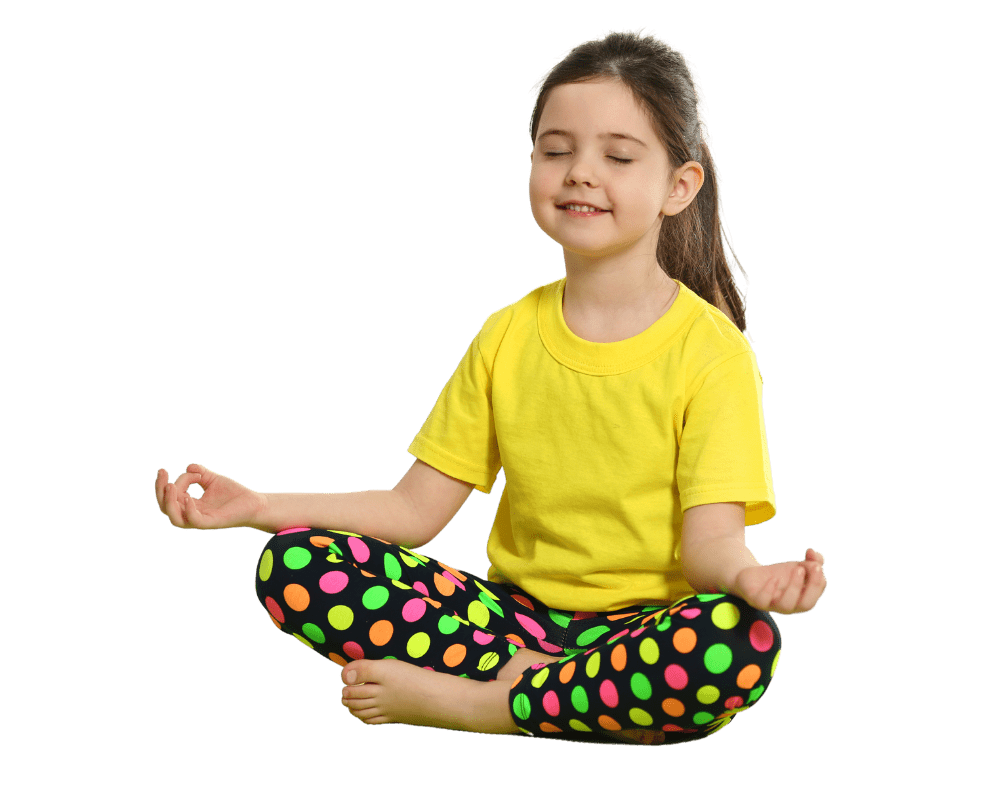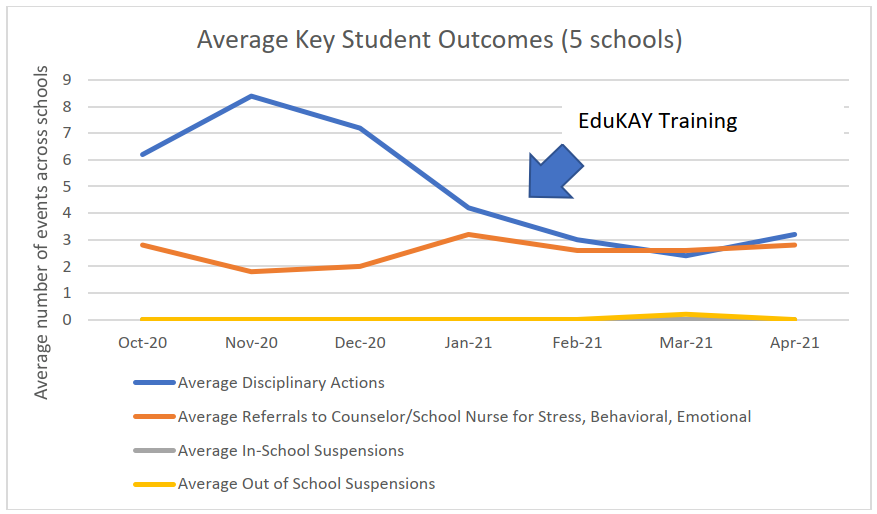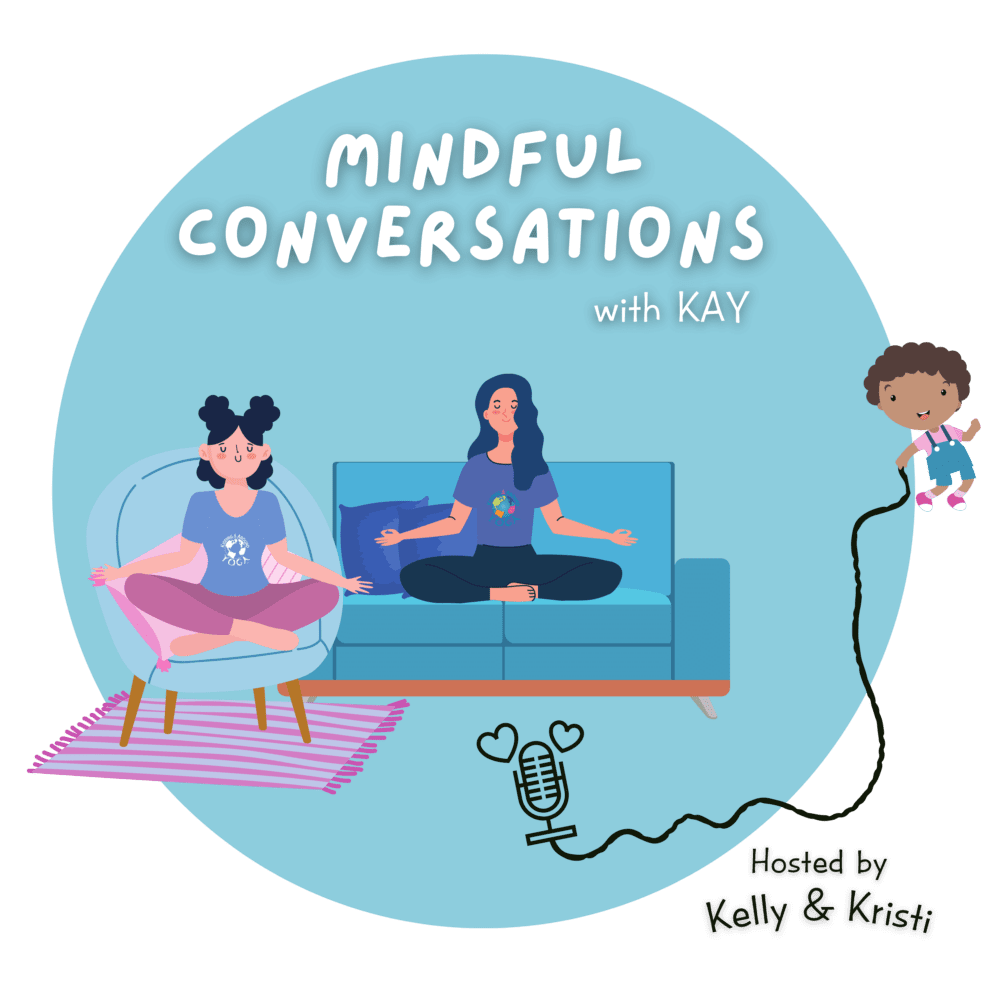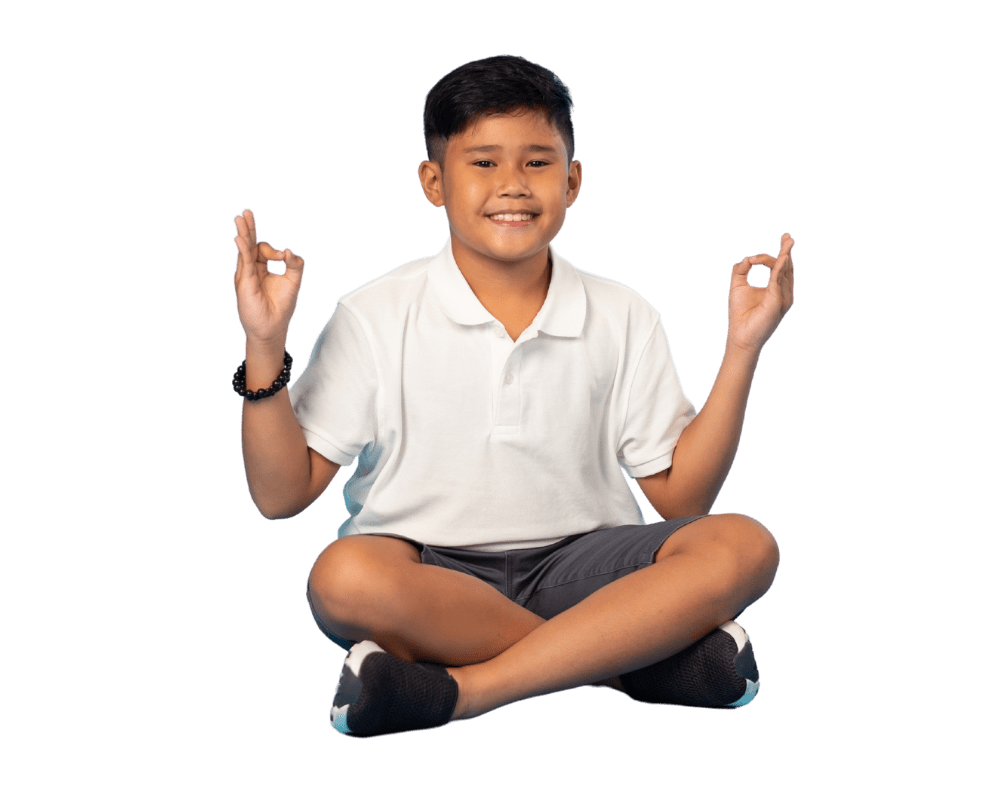
Just like us, our children live in a very busy world.
From the moment they are born, kids are bombarded with ever-increasing pressures: innumerable lessons, academic expectations, competitive sports, socializing, and the business of just growing up!
The white-knuckle pace of modern-day life leaves them with little chance to relax or the skills to do so. This constant stress directly impacts a child’s mental and physical health.
Through yoga, meditation, and mindfulness, children learn to regulate, focus and connect. They are taught tools and concepts that will make it easier to thrive despite the chaos of the human experience.
How do you teach yoga, meditation, and mindfulness to kids?
Through games, songs, stories, crafts and more, children can be taught:
Breathing instruction
To balance their energy and tap into the relaxation response.
Meditation practice
To explore rest for the brain and awareness of thoughts to initiate a lifelong practice in peace and power.
Movement exploration
Through traditional yoga postures and imaginative movement to build a strong and flexible body, grow in confidence, and self-soothe.
Deep Relaxation
That gives access to quiet centered space for their mind to rest, allowing calming and healing to begin.
The Kidding Around Yoga curriculum makes it easy!
FREE WORKSHOP RECORDING:
Relaxation & Meditation for Kids
Watch at your leisure!

Benefits in the Classroom
Kidding Around Yoga methods integrate seamlessly into school curriculums and classroom routines, providing yoga-based opportunities for mindfulness, behavior and stress management, health awareness, and social-emotional learning.
the research findings
West Virginia University Research
Kidding Around Yoga was honored to share our EduKAY program with dozens of schools and hundreds of teachers in West Virginia. The following is a summary of the findings.
- Educators reported a significant increase in the ability of students to regulate their emotions following implementation of EduKAY strategies in the classroom.
- Teachers at midpoint and post-survey reported that mindfulness strategies in the classroom allowed them to spend more minutes on classroom instruction time.
- Educators at post-survey reported an increase in feeling equipped and knowledgeable in strategies to support students, recognizing kids in crisis, ability to de-escalate situations, and resources available to them to support students in the school and community.
- Overall, there appears to be a declining trend in disciplinary actions and referrals for behavioral/emotional challenges to school nurses/counselors based on principal reports, but more research is needed.
Click HERE to read the West Virginia Prevention Research Center full report.
School-based yoga programs are being increasingly implemented across the United States as a result of evidence produced from research. These programs address stress and anxiety, promote social and emotional learning, and physical and emotional health. These are all basic requirements for readiness to learn and for a positive and healthy school climate.
Here’s what the research says:
Evidence-Based Research
- School-based yoga helps to develop Mind-Body Awareness by training students how to pay attention to the relationship between the two. As a result, students notice the impact of stress on their well-being. This awareness (also known as mindfulness) may lead to changes in behavior. Check out these studies below for more information.
- Self-regulation can refer to our ability to manage our stress, emotions, and behaviors. Research is starting to show that yoga and meditation may help youth manage their stress and mood and behave more positively. Check out these studies below for more information.
- Research suggests that yoga may improve physical fitness in adolescents as well as result in improved respiratory function, increased exercise adherence, and reduced obesity risk factors. An important difference between yoga and mindfulness meditation is that yoga includes physical postures. Essentially, yoga is a practice of “mindfulness in motion” that uses the body to promote awareness of the present moment. Check out these studies below for more information.
- Recent research suggests that providing educators with training in yoga and mindfulness-based skills may have several beneficial effects for educators, including increases in calmness, mindfulness, well-being, and positive mood, improvements in classroom management, emotional reactivity, stabilized blood pressure, cortisol awakening response, and decreases in mind and body stress. Providing teachers with skills and practices to enhance their own self care is a crucial step toward improving classroom climate, teacher effectiveness and student outcomes. Check out these studies below for more information.
Mindfulness Podcast
Listen to Our Podcast!
The Kidding Around Yoga podcast is another wonderful resource to explore the many benefits of Kids Yoga. In the debut episode of Mindful Conversations with KAY, the creator of the “KAY Way”, Haris Lender (aka Momma KAY) describes her journey to discover yoga, her inspiration for designing KAY, and her experiences teaching KAY all over the world. Find the podcast on any streaming service.



